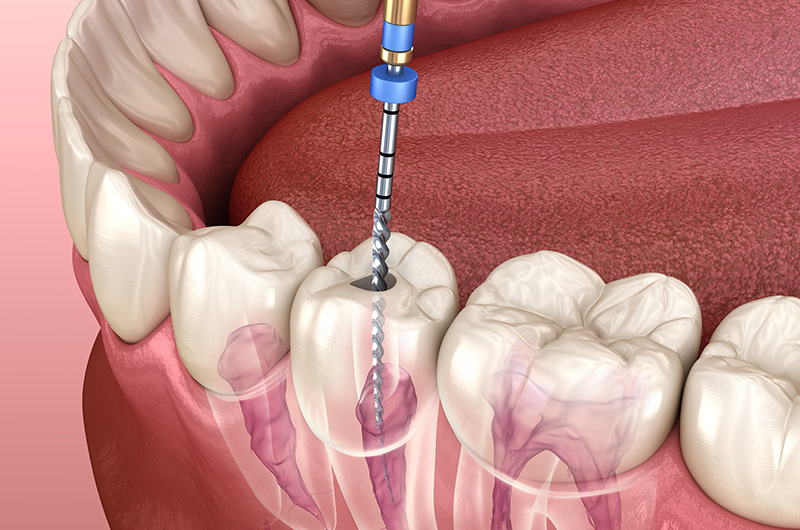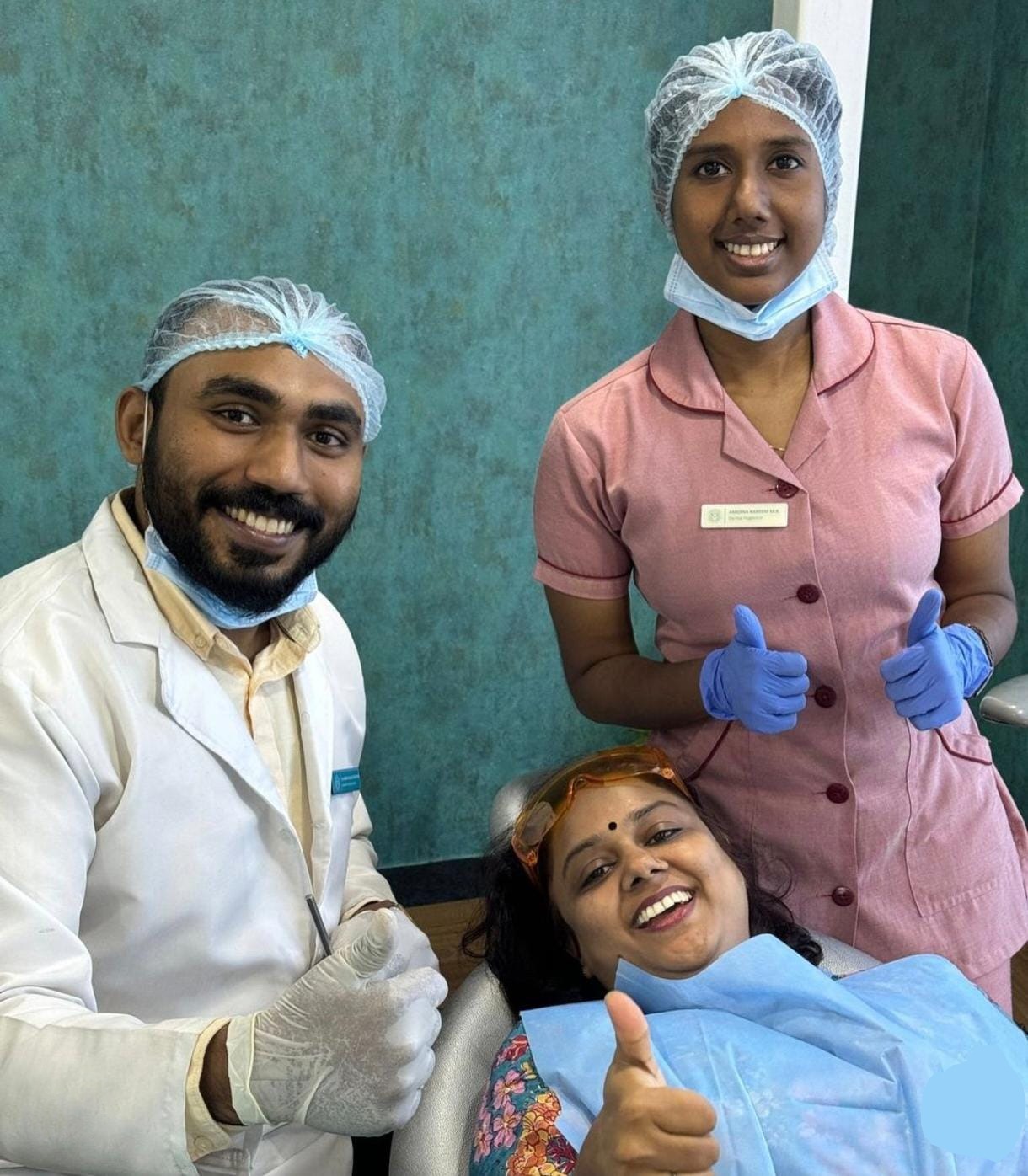Endodontics
Endodontics
Endodontics focuses on diagnosing and treating issues related to the dental pulp and root tissues. This specialty involves procedures such as root canals to save teeth affected by decay, infection, or trauma, preserving their function and preventing extraction.

There are three common endodontic procedures: pulpectomy(kids root canal) , apicoectomy (to remove any inflamed or infected tissue), and root canals.
Root Canal Treatment
This is the most common endodontic procedure and is typically done to save a tooth that would otherwise need to be removed. Root canal treatment is necessary when the pulp, which is the core layer of the tooth, or the canals holding the pulp becomes inflamed or infected. When you have a root canal treatment, damaged or infected dental pulp is removed from inside your tooth. After the pulp is removed, the space is cleaned and disinfected, filled and sealed.
Other Services
Schedule Your Consultation Today!
Take the first step towards a brighter smile! Click here to book your free consultation with our expert team and discover how Laser Teeth Whitening can transform your look.
Why does one need to undergo rootcanal treatment
Root Canal Treatment is done on a damaged or infected tooth. Infection could be due to a cracked or broken tooth, deep decay, gum diseases or maybe due to repeated dental treatment on a particular tooth. It becomes extremely important to get the Root Canal Treatment as:
Stop Infection
It stops the infection from spreading and will then save the tooth from extraction
RCT Eases Inflammation-Related Pain
RCT relieves the pain caused due to inflammation

Symptoms
- The most common symptom that one might need Root Canal Treatment is a toothache. The pain can range from mild to severe. With time it may worsen, and you will feel the pain even when you bite your food.
- The other reason is prolonged sensitivity. If you feel sensations in your tooth while consuming something hot or cold, then there is the slightest chance that one needs to undergo Root Canal Treatment.
- Swelling in the gums can also be a sign that you need Root Canal Treatment.
What are the consequences of not getting a root canal treatment?
wht is the procedure for root cananl treatment
Step 1
The very first step involves an X-ray which is taken to determine the extent and approach to infection. If required local anesthesia is administered before starting the treatment.
Step 2
The next step is Cavity Preparation. A cavity is prepared, making sure all the infected tooth material or previous filling material is removed and a proper approach to inner-part of the tooth (pulp) is established.
Step 3
This is followed by disinfection and shaping of pulp canals. The infected pulp is cleared out completely, canals are shaped and cleaned. Thorough disinfection is achieved.
Step 4
Clean and disinfected canals are then sealed and filled with an inert rubber-like filling material known as Gutta-Percha.
Step 5
The very last step is restoration & crown. The crown portion of the tooth cavity is then restored with a filling, followed by a Cap/Crown cementation.
TREATMENT OPTIONS FOR KIDS
Post-Treatment for root canal treatment
- Do not put pressure on the tooth. Since there is no crown, the tooth is unprotected as a result, putting pressure can cause damage to the tooth.
- Avoid hard and crunchy food, instead chew soft food until final restoration
- Be careful while brushing. Do not be too harsh while brushing
- Get a dental crown as soon as possible as this will protect your tooth from further damage



